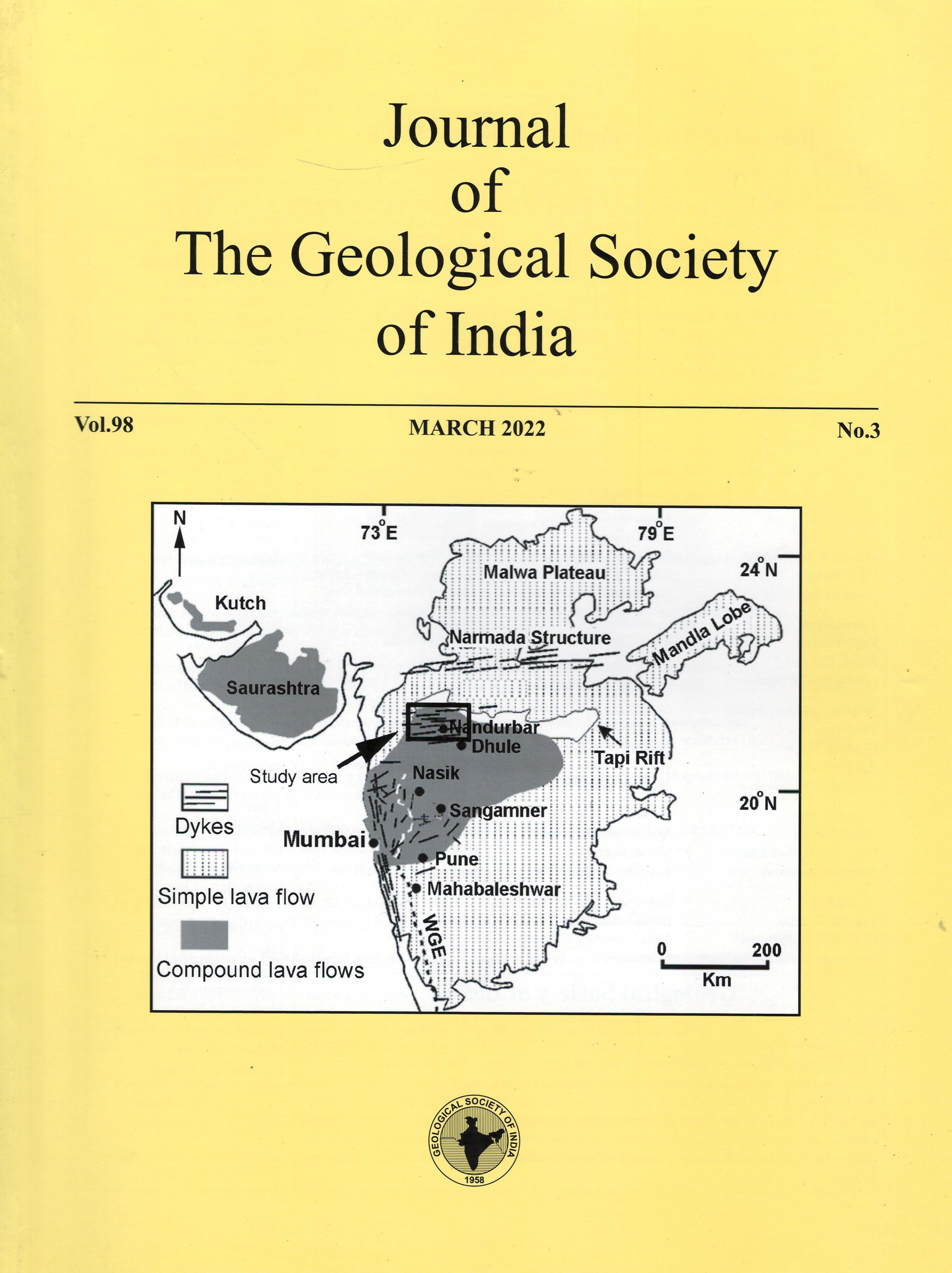Soil Properties-Landform Relationship in Purvanchal Range of Tripura, Northeastern India: An Implication of Pedogenesis
DOI:
https://doi.org/10.1007/s12594-022-1992-3Keywords:
No KeywordsAbstract
Twenty two pedons from four landforms namely, hills, mounds, valleys and alluvial plains of Purvanchal range of Tripura, India having warm to hot perhumid climate were characterized. Soil samples were analyzed for different morphological, physical and chemical properties. The analysis of frequency distribution showed that the dataset was highly skewed for most of the soil properties that may be due to heterogeneous sedimentary parent materials and/or differences in ongoing pedogenic processes in different landforms. The relationship between soil properties within specific landform was interpreted using the factor analysis which showed 57%, 55%, 63% and 60% variation in soil characteristics for the hills, mounds, valleys and alluvial plains, respectively, and could be explained by two factors. Significant positive relationship between K content and silt and clay, and negative relationship between pH and exch. Al were obtained for hills soil. Cation exchange capacity (CEC) in hills and mounds soil was closely associated with exchangeable Ca, Mg and clay content. Results further indicate that clay content and CEC of soils in hills and mounds increased with increasing soil depth which in turn means occurrence of eluviation and illuviation in these soils. In alluvial plains, majority of soil profiles showed irregular distribution of OC and clay content and may be attributed to mass movement, periodic flooding and deposition of materials during different cycles. The study also indicates that soil properties provide crucial information on the pedogenesis of soils, which in turn has edaphological significance.

 S. K. Reza
S. K. Reza






